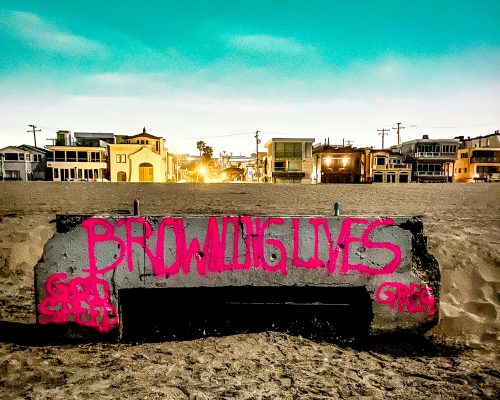JOMO versus FOMO
Americans check their smartphones, on average, every 12 minutes. Worldwide, 2.7 billion people check their smartphones, on average, 150 times a day.
“Like,” a newly released documentary (thelikemovie.com) compares our smart phone use to an addiction. The film’s goal is to encourage us to self-regulate. By understanding the effects of technology and social media on the brain, our lives and our civilization, we can learn how to navigate it more safely.
Here are a few more statistics that point to the need to address cell phone use among youth:
- 57 percent of teens agree that using social media often distracts them when they should be doing homework.
- 54 percent of teen social media users agree that it often distracts them when they should be paying attention to the people they’re with, up from 44 percent in 2012.
- 29 percent of teen smartphone owners say they’ve been woken up by their phones during the night by a call, text or notification.
- 42 percent of teens agree that social media has taken away from time they could spend with friends in person, compared to 34 percent in 2012.
So how do we help get balance back?
First, acknowledge our addictive nature. The same addiction centers in the brain are ignited when one uses cell phones as when one uses heroin. It is also the same part that is ignited when we are in love. There is a very powerful chemical reaction causing us to love our phones. It can be compared to a slot machine and the variable reward effects. It’s unpredictable — you don’t know when you are going to hit the jackpot. This is analogous to waiting to see how many likes we are going to get from that post.
So does this mean we have no control? No. It just means we need to acknowledge the issue and work to create a happy healthy balance.
Some useful tips:
- Turn off notifications that are not from real humans.
- Change the red alerts on your phone. This is called gray scale. Go into settings to change color filters. Make all alerts blue or gray. This has a calming effect vs. a need to react when we turn on our phone.
- Embrace JOMO, which is the joy of missing out, the opposite of FOMO, which is the fear of missing out.
- Get rid of apps that drain you. Focus on apps that bring you joy.
Here are several other resources:
- Textless Live More (textlesslivemore.org), a student-led, peer-to-peer, national awareness campaign with a mission to End Distracted Driving, Prevent Tragic Crashes and Save Lives. They offer several tips on how to balance, unplug and recharge.
- The Volunteer Center of South Bay-Harbor-Long Beach (volcenter.org). The local non profit focuses on excessive screen time and social media addiction. Their site offers several great resources.
- “Social Media Wellness — Helping Tweens and Teens Thrive in an Unbalanced Digital World,” by Ana Homayoun. This book provides simple solutions focused around the main tenets of socialization, self-regulation and safety.
- Common Sense Media (commonsensemedia.org). Offers useful parenting tips to help parents keep their children’s online interactions safe, productive, and positive.
Liz Schoeben MFT, is a licensed Marriage and Family Therapist with over 25 years of experience counseling adolescents in academic settings in Los Angeles, Seattle and the San Francisco Bay Area. She is the executive director of SAGE, a Project of Impact Philanthropy Group. For more information visit SageSoCal.org.








